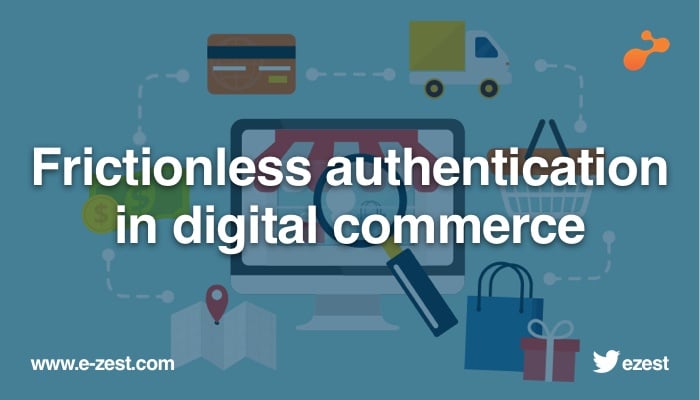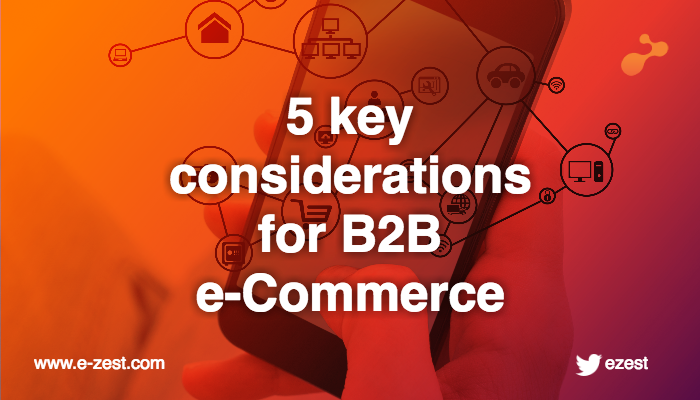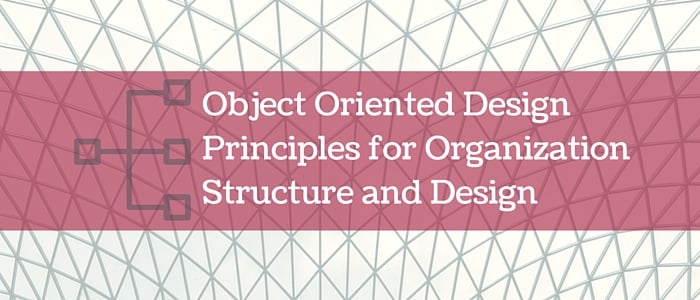Enterprise portal isn’t just a fancy term for intranet. A successful enterprise portal solution can dynamically aggregate content and applications to provide different types of users self-service access to the information they need. The critical difference is that end users can customize an enterprise portal by adding and subtracting internal and external information sources and applications. Customization gives employees all the information they need to do their job more quickly and efficiently than if they had to search for the data and applications themselves.
Some of the important aspects that need to be assessed as prerequisite for enterprise portal selection include
- A complete understanding of business and technical requirements
- Agreement on portal's use cases/usage scenarios
- Understanding implications of the availability, scalability, recovery, and other non-functional and technical requirements
- If a previous application exists, then re-engineering and re-architecting within the context of existing application architecture and technology infrastructure
For successful implementation of enterprise portal, analysis and evaluation of following key aspects is highly recommended
- Define success goals and criteria for portal implementation
- Get management buy-in and approval across all affected organizations
- Shortlisting of portal vendors and vendor selection
- Portal architecture and infrastructure needs evaluation (Software and Hardware) including technology platforms (.NET, Java, PHP etc.)
- Architect maintainability into the portal framework, including trace logging, error notification, error resolution and exception handling
- Project planning and management throughout portal implementation and maintenance lifecycle
- Portal configuration and customization management including portlet/web part custom development
- Include user interviews as a part of the requirements gathering effort
- Include usability testing to reduce project risk by solidifying requirements with end users
- Use a proven methodology to establish standards, consistency with the focus on project engineering and management processes
- Plan for and test performance throughout the portal
- Portal and content integration
- Use proven third-party components and frameworks to reduce risk and effort
- Perform enterprise portal and enterprise application integration
- Carefully consider the payment gateway integration in the portal matching the business need
- Plan for portal security and privacy considerations early in the process. This may include application, data, payment gateway integration security or user data access privacy
- Use proven design pattern based approach utilizing business, Integration, application and composite patterns.
- Pilot runs and production stage implementation
- User training and establishment of collaboration processes
Once we do clear assessment of portal implementation goals and identify right implementation approach, subsequent stage would be identification of right portal platform meeting identified business goals and key success factors.
I will cover specific portal evaluation criterias for enterprise portal selection in subsequent blog.





